In today’s world, knowing more than one language is super useful, not just for getting to know other people but also for understanding different cultures better.
‘Discover Animal Names in Hindi and English: A Comprehensive Guide’ is a great resource for anyone interested in a rich variety of languages.
This book isn’t just about learning animal names in two languages; it’s about seeing the world differently.
By comparing how different cultures name animals, we can learn a lot about how they see nature and the animal kingdom.
See Also – Birds Name In Hindi And English: Comprehensive List Of 50+ Species
50+ Common Animal Names in Hindi and English
| English Name | Hindi Name | Image |
|---|---|---|
| Lion | सिंह (Singh) |  |
| Tiger | बाघ (Bagh) |  |
| Elephant | हाथी (Hathi) |  |
| Dog | कुत्ता (Kutta) |  |
| Cat | बिल्ली (Billi) |  |
| Cow | गाय (Gai) |  |
| Buffalo | भैंस (Bhains) |  |
| Horse | घोड़ा (Ghoda) |  |
| Goat | बकरी (Bakri) |  |
| Sheep | भेड़ (Bhed) |  |
| Camel | ऊँट (Unt) |  |
| Monkey | बंदर (Bandar) | 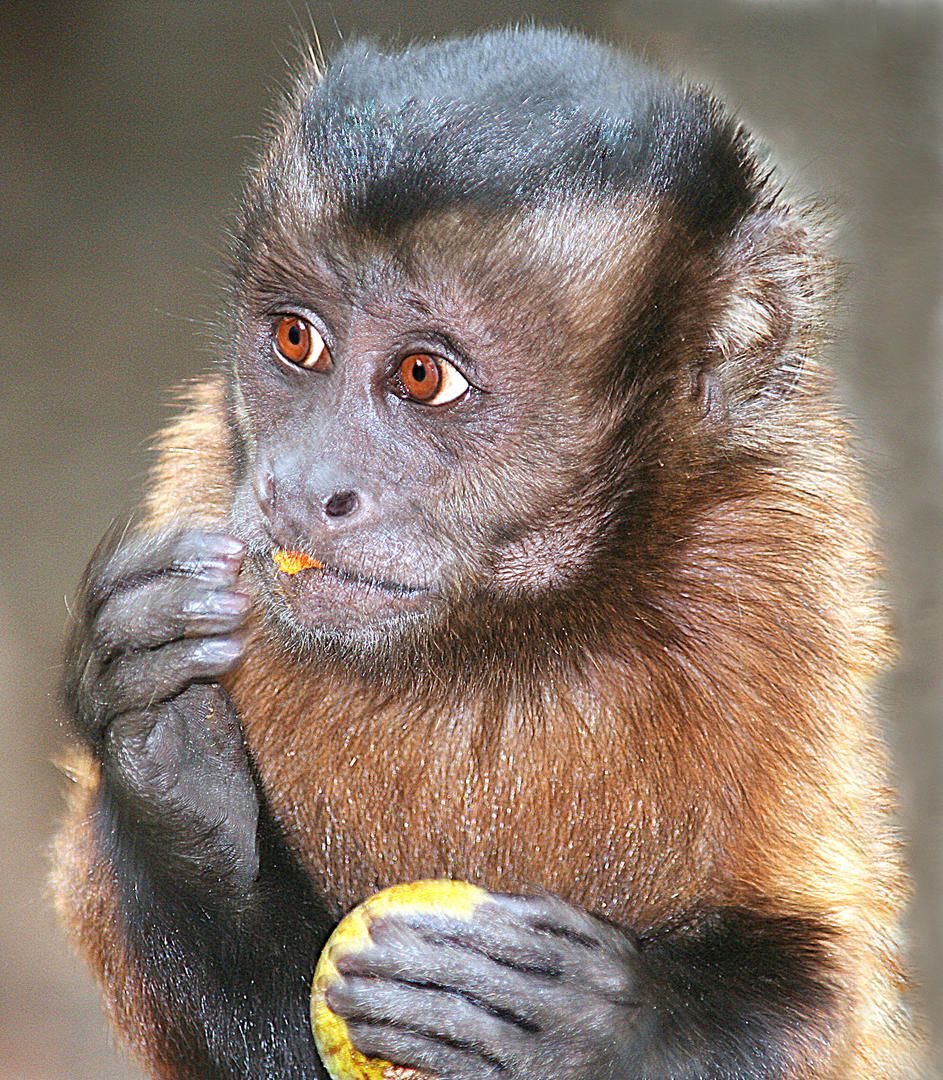 |
| Rabbit | खरगोश (Khargosh) |  |
| Deer | हिरण (Hiran) |  |
| Fox | लोमड़ी (Lomdi) |  |
| Wolf | भेड़िया (Bhediya) |  |
| Bear | भालू (Bhalu) | 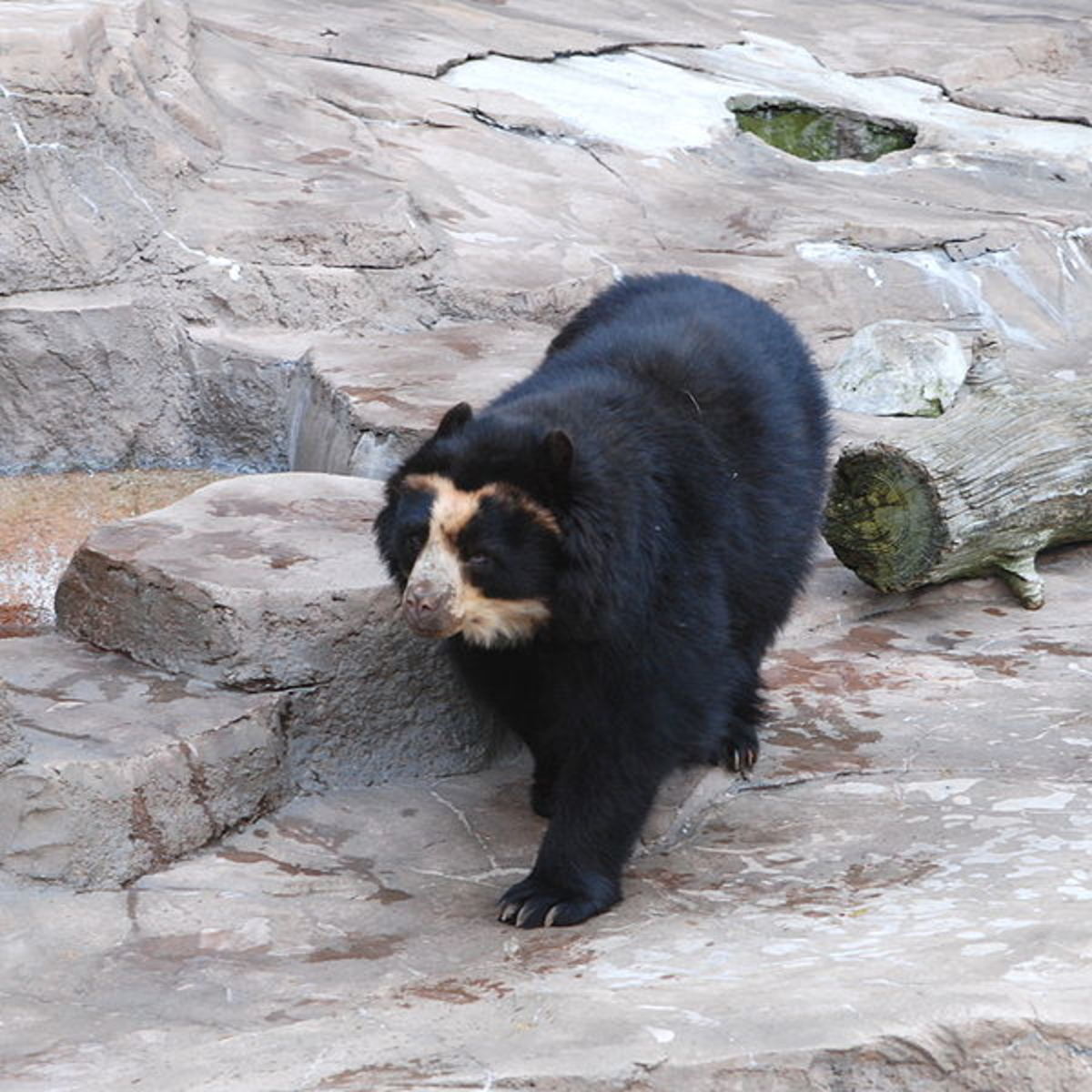 |
| Leopard | तेंदुआ (Tendua) |  |
| Cheetah | चीता (Cheeta) | 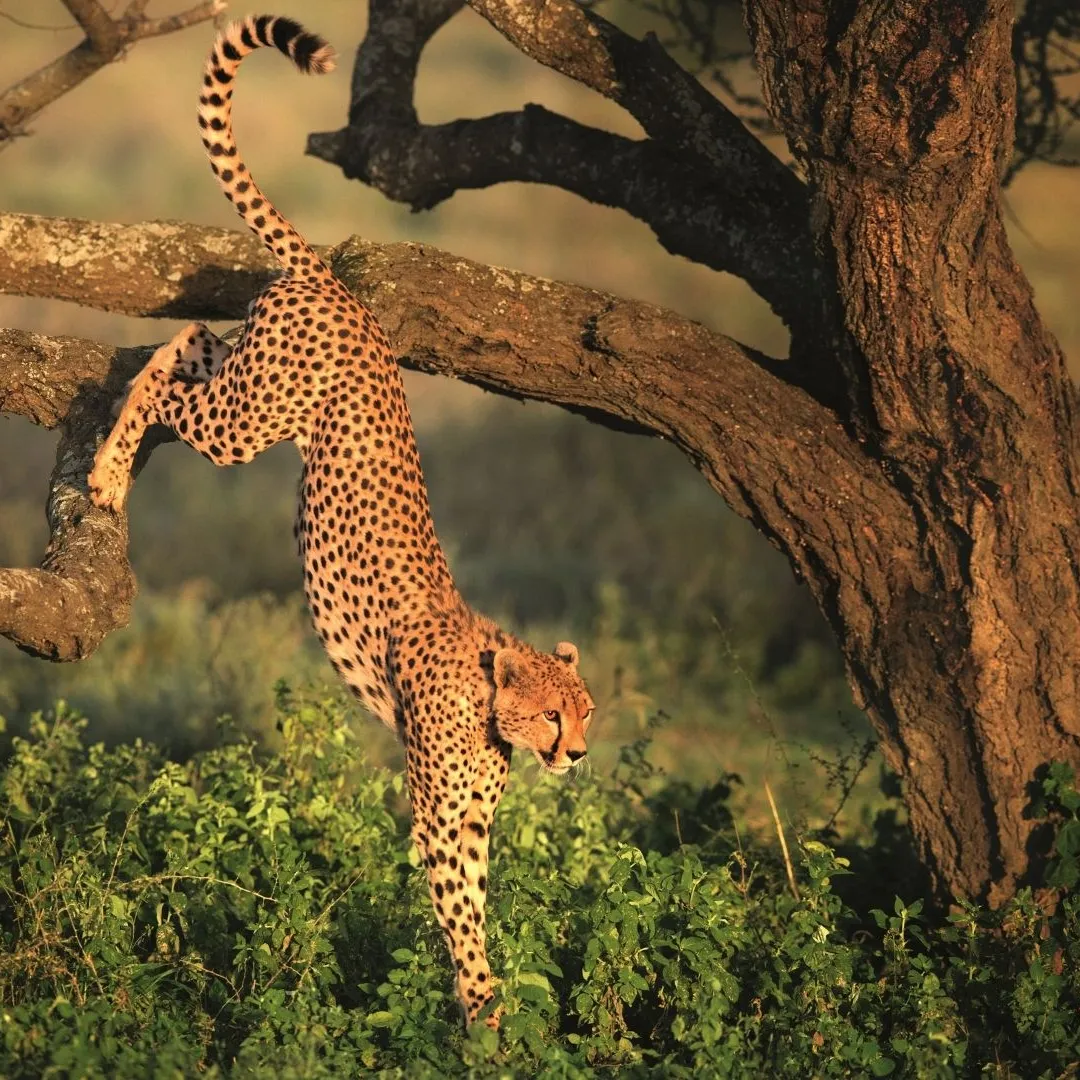 |
| Giraffe | जिराफ़ (Jiraf) |  |
| Zebra | ज़ेबरा (Zebra) |  |
| Rhinoceros | गैंडा (Gainda) |  |
| Hippopotamus | दरियाई घोड़ा (Dariyai Ghoda) |  |
| Crocodile | मगरमच्छ (Magarmachh) |  |
| Alligator | घड़ियाल (Ghariyal) |  |
| Bat | चमगादड़ (Chamgadar) |  |
| Squirrel | गिलहरी (Gilahri) |  |
| Rat | चूहा (Chooha) | 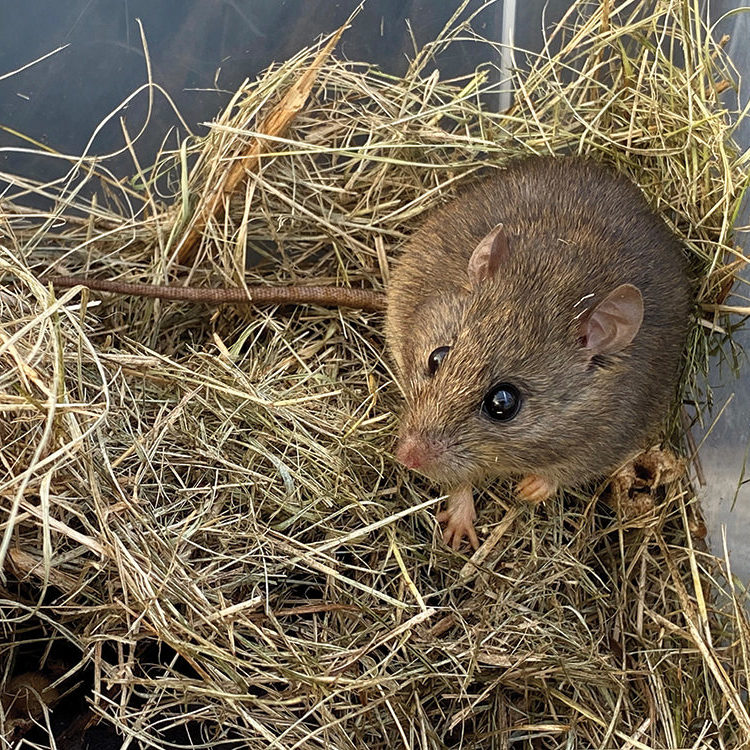 |
| Mouse | मूषक (Mooshak) | 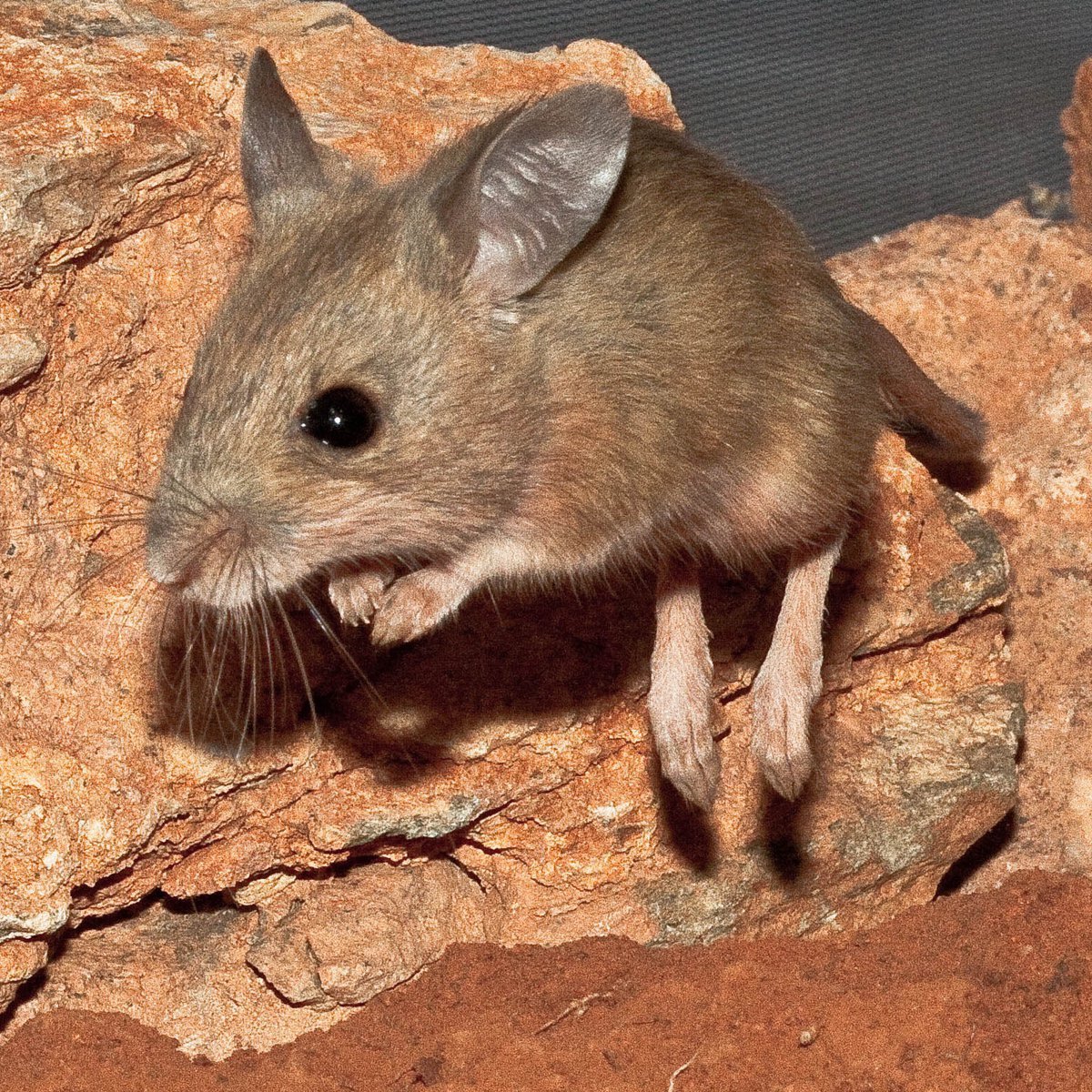 |
| Mongoose | नेवला (Nevla) | 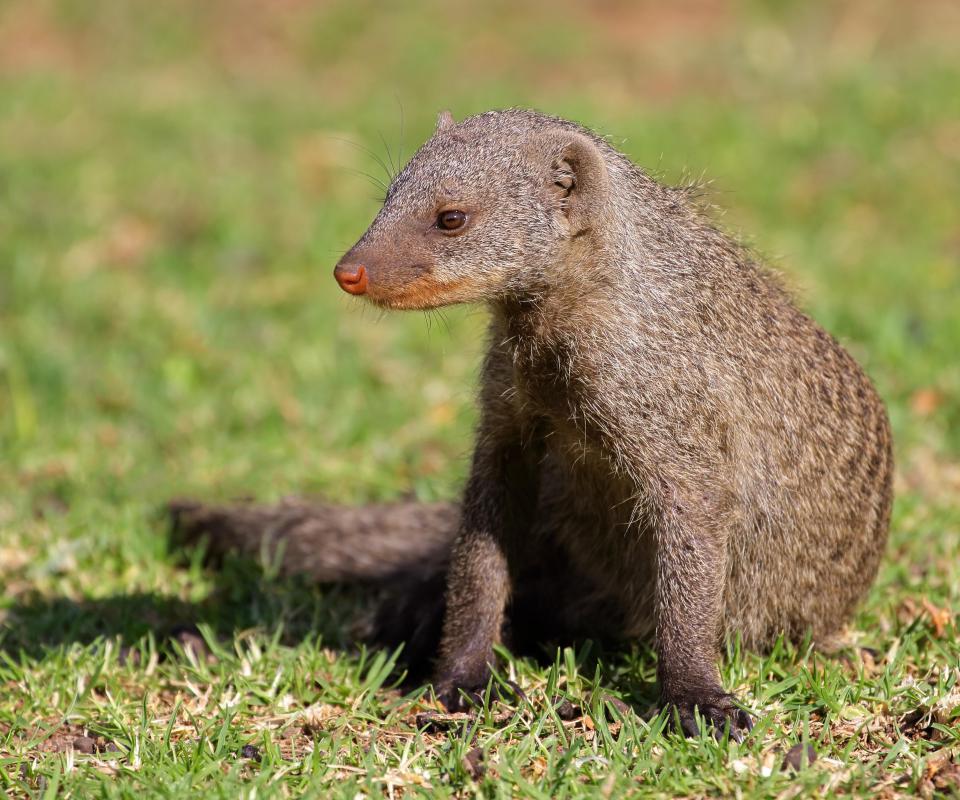 |
| Porcupine | साही (Sahi) | 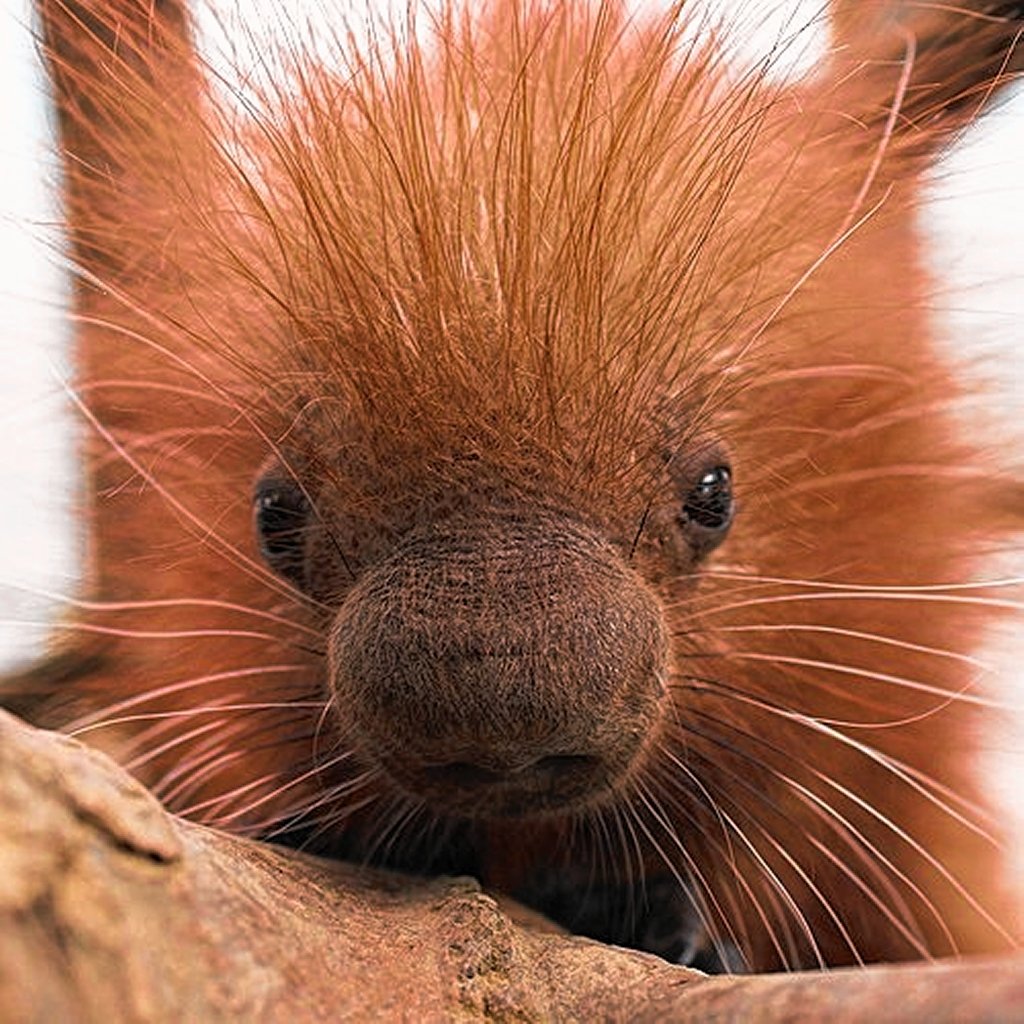 |
| Frog | मेंढक (Mendak) |  |
| Toad | भेक (Bhek) |  |
| Lizard | छिपकली (Chipkali) | |
| Snake | सांप (Saanp) |  |
| Cobra | नाग (Naag) |  |
| Python | अजगर (Ajgar) |  |
| Vulture | गिद्ध (Giddh) |  |
| Hen | मुर्गी (Murgi) |  |
| Rooster | मुर्गा (Murga) |  |
| Turkey | टर्की (Turkey) |  |
| Swan | हंस (Hans) | 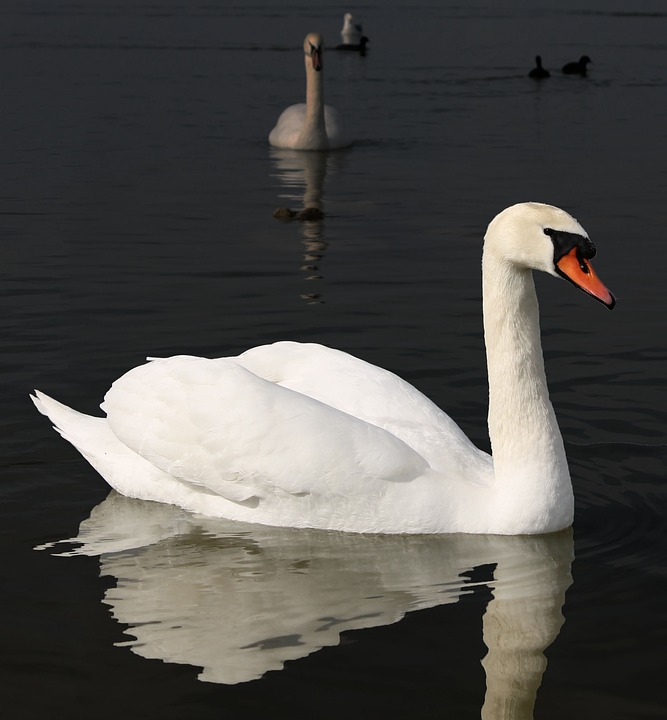 |
| Crane | सारस (Saras) |  |
| Flamingo | राजहंस (Rajhans) |  |
| Penguin | पेंगुइन (Penguin) |  |
| Dolphin | डॉल्फिन (Dolphin) |  |
| Whale | व्हेल (Whale) |  |
| Shark | शार्क (Shark) |  |
| Octopus | ऑक्टोपस (Octopus) |  |
| Jellyfish | जेलीफ़िश (Jellyfish) |  |
| Starfish | तारामछली (Taramachhli) | 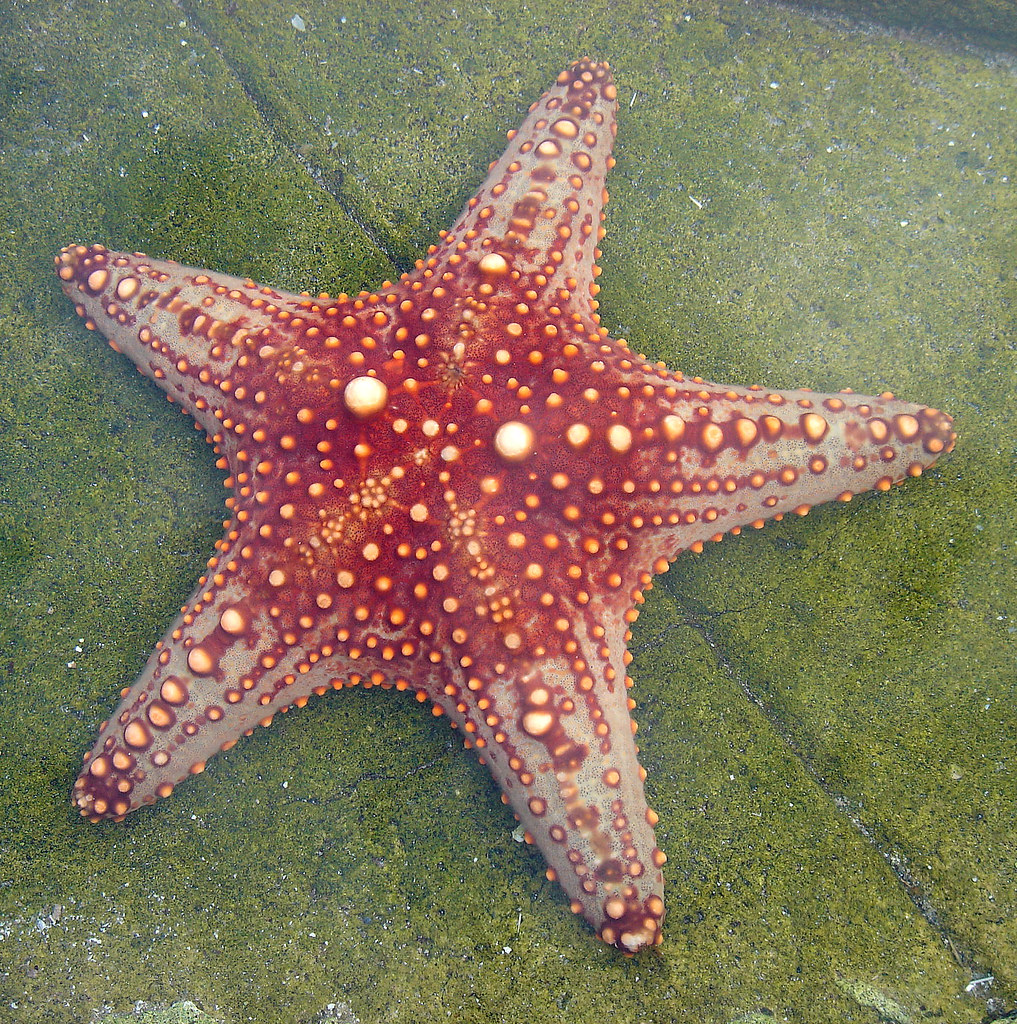 |
| Crab | केकड़ा (Kekda) |  |
| Lobster | झींगा (Jhinga) |  |
| Shrimp | झींगा मछली (Jhinga Machhli) |  |
| Turtle | कछुआ (Kachhua) |  |
| Ant | चींटी (Cheenti) |  |
| Scorpion | बिच्छू (Bichhoo) | 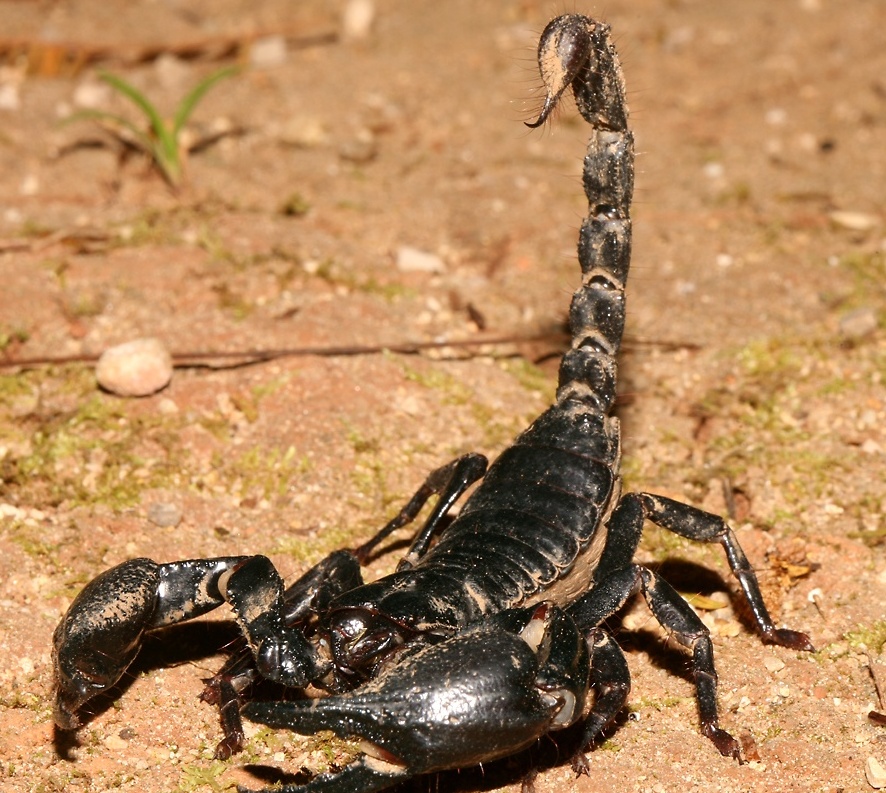 |
Why Learn Animal Names in Hindi?
Learning animal names in Hindi can really boost your language skills and help you connect with the culture. It’s not just about memorizing words; it’s about getting a deeper sense of the area’s wildlife and its role in local stories and traditions.
If you’re traveling or into different cultures, knowing these names makes conversations with locals more interesting and enriches your experience. For students and professionals in fields like language, biology, or environmental studies, this knowledge helps in working across different areas.
It helps you communicate better and shows respect for the cultural and natural heritage of Hindi-speaking places. So, understanding these names is useful for education, making social connections, and caring about the environment.
Animal-Related Idioms and Slang Expressions
Exploring animal idioms and slang shows how much animals influence our language and daily talks. These phrases often mean more than what the words say, reflecting how we see animal behaviors and traits.
For example, when we call someone a ‘dark horse’ in English, it means they have surprising skills, much like an unexpected winner in horse racing.
In Hindi, the phrase ‘haathi ke daant khane ke aur, dikhaane ke aur’ (elephant teeth are different for showing and eating) tells us that looks can be misleading.
These idioms not only make our language richer but also give us a peek into how different cultures view animals and humans alike.
See Also – Comprehensive List of 100 Color Names in Hindi and English
Resources for Learning Hindi Animal Names
To boost your Hindi vocabulary, start with these simple resources for learning animal names. First off, apps like Duolingo and Rosetta Stone are great. They have specific sections just for learning new words, like those for animals.
Websites like Omniglot and MindurHindi are also helpful. They give you lists of words along with how to pronounce them.
If you prefer watching and listening, check out YouTube channels like HindiPod101. Their videos are easy to follow and really make the learning stick.
And don’t forget about children’s books in Hindi. You can find these at libraries or online. They’re fun to read and great for practice.
All these tools together make it pretty easy to get a handle on Hindi animal names.
Conclusion
Knowing animal names in Hindi can really boost your vocabulary and help you get a better grasp of the language.
If you love languages, travel, or cultural studies, understanding these words can make your conversations richer and show your respect for the culture.
This guide was designed to help you connect better with Hindi speakers.
As you keep learning Hindi, remember that every word you learn not only improves your language skills but also gives you more insight into the culture.
We hope this detailed look at animal names in Hindi and English helps you in your studies or personal interests, and keeps you curious about India’s diverse linguistic traditions.

Deepak Sharma is a passionate writer and avid traveler who specializes in uncovering the beauty and history of India’s attractions and temples. A graduate of Delhi University, Deepak has a deep-rooted love for his country and its rich cultural heritage.
